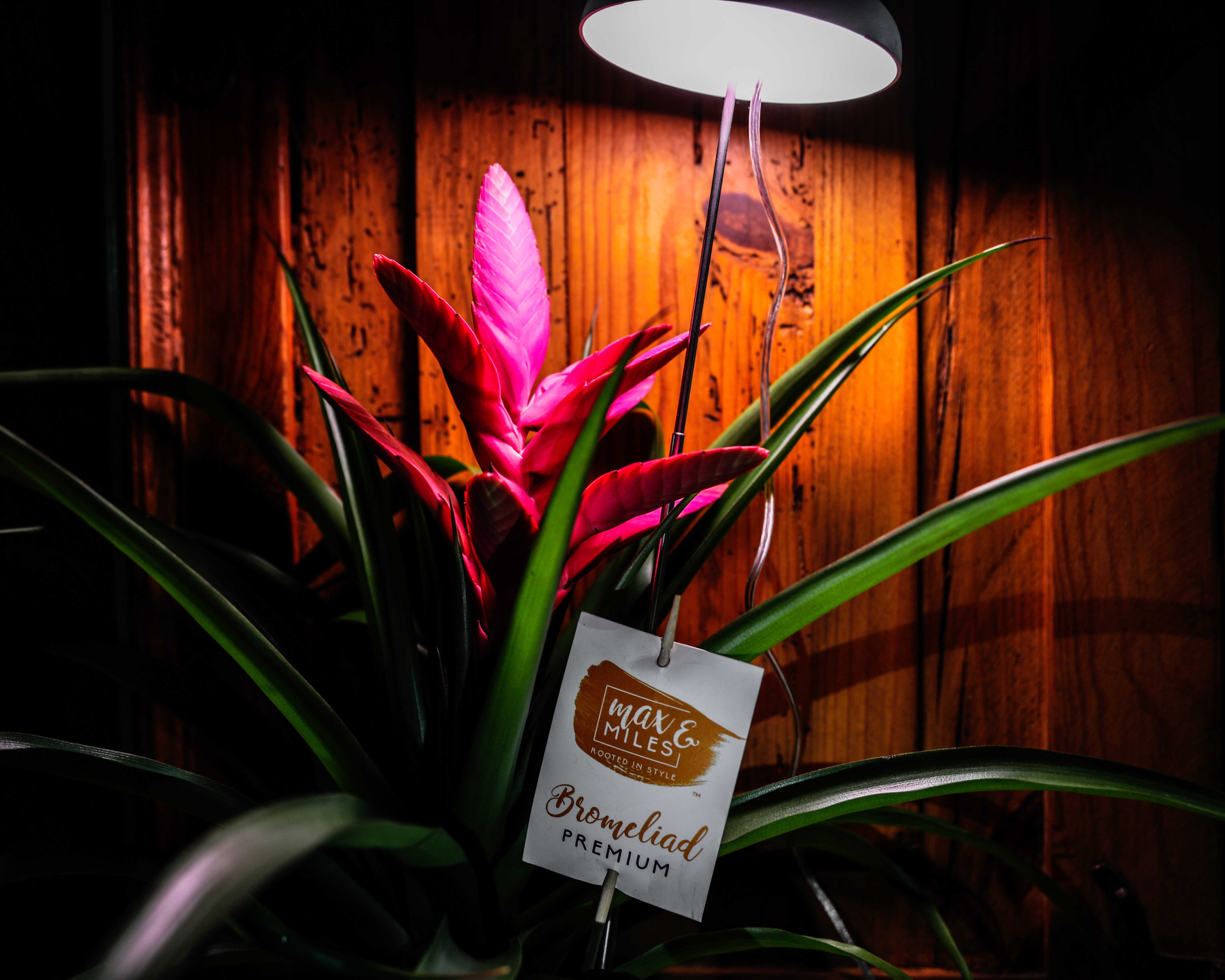Best Plants for Low Light
Other than proper watering, the number one way to be a successful plant parent is to choose your plant’s home wisely. No matter how hard you try, or unless you are willing to invest in some serious grow lights, a Fiddle Leaf Fig will never thrive in a room without windows. But there is no need to despair – there are plants that can survive in low-light!
What Does “Light Requirement” Mean?
So, you stopped at H-E-B for groceries and toilet paper and left with two more Max & Miles houseplants. Now what? After doing some research, you read that one plant is a “low-light plant” and one needs “bright, indirect light.” Light requirements can be intimidating, especially when you are also reading about watering, pruning, fertilizing, repotting, diseases, the list goes on.
In general, houseplants will fall into three categories, with some crossover: bright light, medium light, and low-light. Within those categories, you may even read that some plants need direct light (when sunlight touches the leaves of a plant) or indirect light (when a plant can be close to sunlight without touching it). The type of light is basically going to depend on where you place your plant in relation to a window and which direction that window faces. Keep in mind, the sun moves throughout the year, and so will the light that is reaching inside of your home!
South-facing: this window will receive the brightest light in your house. Depending on the time of the year, that light might be direct or indirect.
North-facing: this window will always receive the least amount of light, as the sun's rays will never directly enter the window. This is the most difficult window to grow plants in unless they are suited for low-light conditions.
East-facing: your east-facing window will receive direct sunlight in the morning. This window is usually considered a medium to bright window depending on the year, and morning direct sunlight is less intense than afternoon or evening sunlight.
West-facing: as the second brightest window in the house, you will want to avoid putting your sensitive plants into the afternoon sun in the summertime.
Each of these windows provides a different intensity and duration of light. The farther away from a window you move, the less intense the light is. One way to measure the intensity of the light your plant is getting is by using a light meter.
But what happens when you want to put that new plant in a spot that is far away from a window? Or even more daunting, in a room without windows entirely? This is where low-light plants are useful. Keep in mind that the more variegated a plant is, the more light it will typically need to maintain its variegation.
Best Houseplants for Low-Light
Arrowhead Vine (Syngonium podophyllum): The green varieties of Arrowhead Vines will do well in medium to low-light areas. They can be regularly pruned to keep their compact shape, or you can allow them so to be wild. (Not pet-safe)
Dieffenbachia: Dieffenbachia is a genus of tropical plants coming in a range of varieties and colors. The darker and more solid green varieties add a nice pop to a low-light space, though they will be slower growing. (Not pet-safe)
Ivy (Hedera helix): In the wild, ivy can be found beneath the dense forest canopy, making it an ideal candidate as a low-light plant. (Not pet-safe)
Pothos (Epipremnum aureum): Pothos is one of the easiest plants to care for and can grow in a wide range of light. The darker green varieties will do best in low-light, as new growth will lose its variegation without plenty of bright light. (Not pet-safe)
Snake Plant (Sansevieria spp.): Snake plants are one of the best plants for low-light areas, especially the darker varieties. They are slow-growing and require very little care and can even go months without needing water! (Not pet-safe)
Spider Plant (Chlorophytum comosum): Spider plants can grow in pretty much any kind of light and will even produce baby “spiderettes” when they get adequate light.
ZZ Plant (Zamioculcas zamiifolia): The ZZ plant can be found in almost every household. It is low maintenance, has low water needs, and has a unique shape and appearance. (Not pet-safe)
A low-light plant is one that can survive with little light, including light produced by overhead fluorescent lights you find in an office building. An important note about low-light plants is that while they can survive across the room from a window or on your office desk, they will not live forever. All plants need some amount of sunlight to survive, but some are just slower to die than others. Luckily, we have come a long way with plant lamps and grow lights, so you can always give them a boost!








